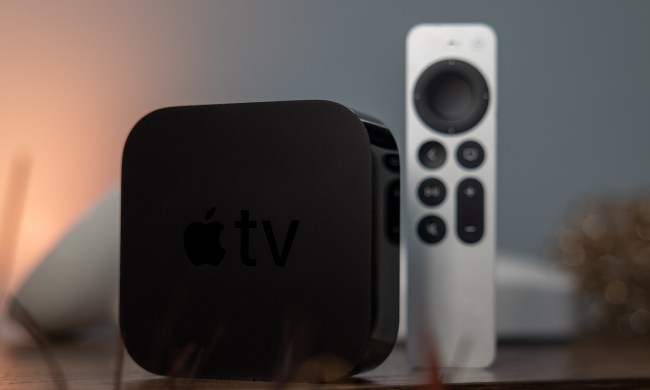Xiaomi has taken the wraps off its anticipated new Android TV device, the Mi TV Stick, a 1080p-resolution media streamer that looks like it will compete directly with the $50 Roku Streaming Stick and the $40 Amazon Fire TV Stick. No U.S. pricing or availability has yet been announced.
#MiTVStick comes with a Chromecast built in.
We’ve even included a bluetooth remote controller! pic.twitter.com/LJwmnN3K63— Xiaomi (@Xiaomi) July 15, 2020
Like the Roku and Fire TV devices, the Mi TV Stick uses an HDMI module that plugs directly into an available port on a TV or a soundbar and comes with a dedicated remote control.
Xiaomi is no stranger to the
The Mi TV Stick will support Dolby Digital and DTS audio, and it has two technologies that give it an edge in the streaming space:
Inside the device are a quad-core Cortex A53 CPU, an ARM Mali-450 GPU, 1 GB of
Netflix and Amazon Prime Video are preloaded and get a dedicated button on the device’s Bluetooth remote, which also features a
The timing of this new



